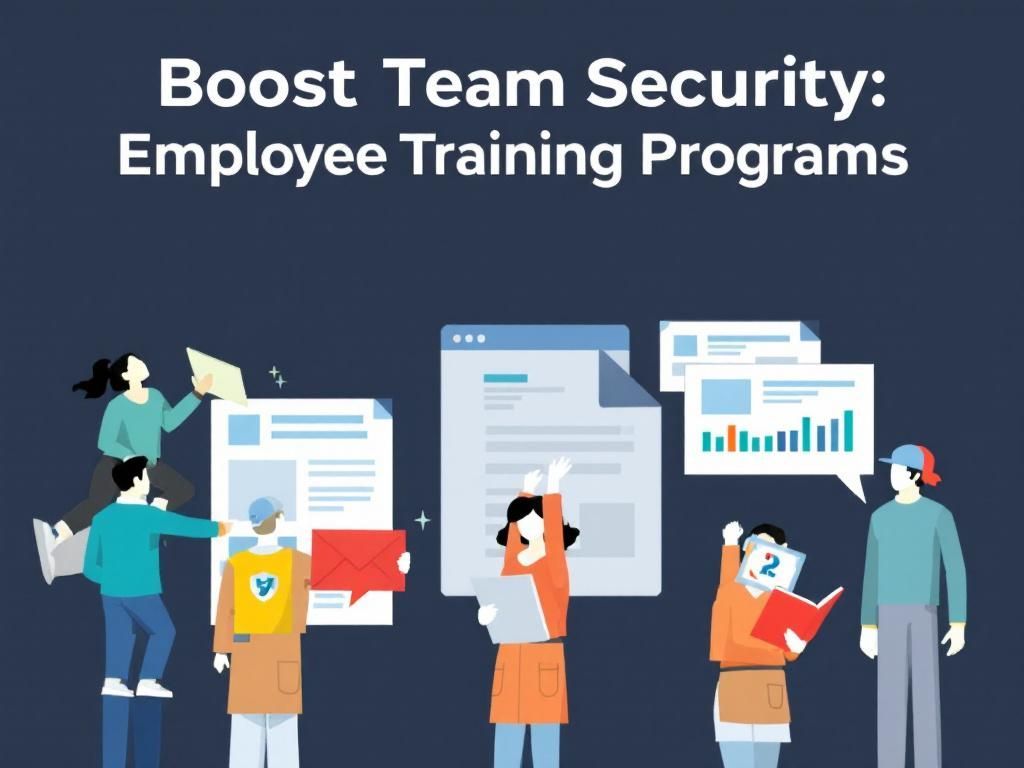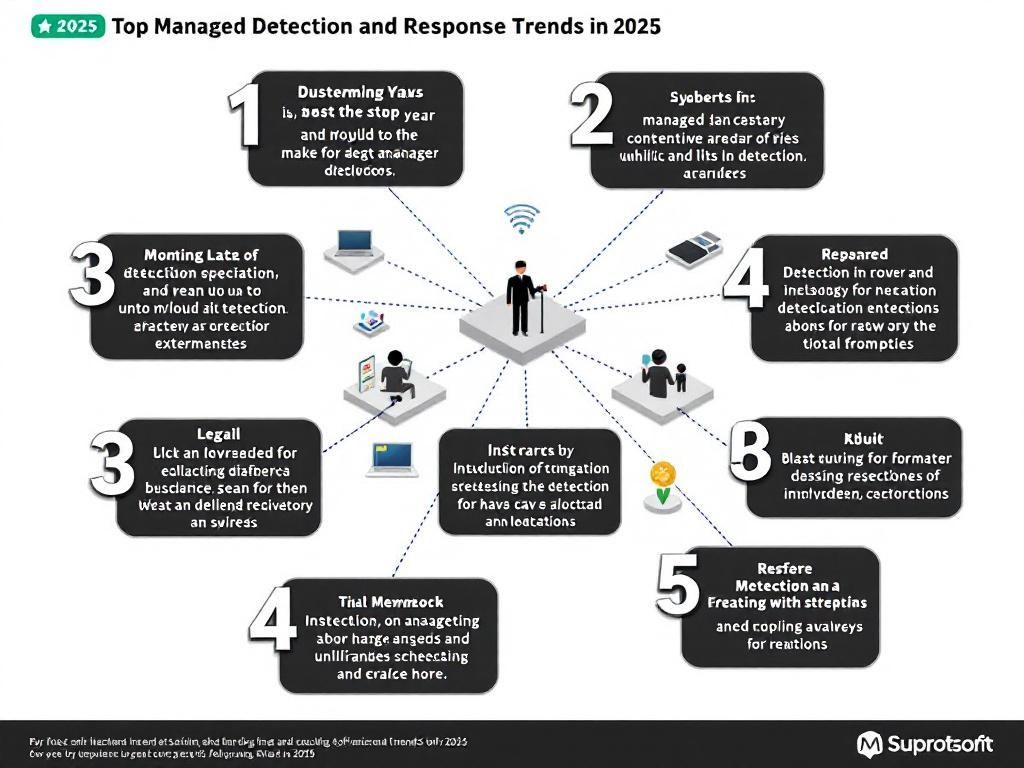Boost Team Security with Effective Employee Training Programs
Explore how effective employee training programs can enhance team security and protect your organization from cyber threats.

In today’s hyper-connected world, ensuring the security of a business is more critical than ever. Cyber threats are evolving rapidly, making it essential for organizations to not only invest in technological defenses but also prioritize human factors. One of the most effective ways to bolster security is through comprehensive employee training programs. These programs equip staff with the knowledge and skills they need to identify potential threats, understand security protocols, and respond effectively to incidents.
Table of Contents
The Importance of Employee Training in Security
Employee training is crucial in the fight against cybercrime. Here are several reasons why investing in training programs is essential:
- Awareness: Employees become aware of the various types of cyber threats.
- Behavior Change: Training can encourage employees to adopt safer online behaviors.
- Incident Response: Well-trained employees can respond more effectively to incidents, potentially mitigating the damage.
- Compliance: Employees who understand security policies help organizations comply with relevant regulations.
Components of a Comprehensive Training Program
A successful employee training program should include a variety of components to address different aspects of security. Here are the key elements:
1. Security Awareness Training
This foundational training educates employees about security threats such as phishing, malware, and social engineering.
Key Topics to Cover:
- Identifying phishing emails and suspicious links.
- Understanding malware and ransomware risks.
- Social engineering tactics and how to avoid them.
2. Policy and Compliance Training
Employees should understand the organization’s security policies and compliance requirements.
Key Areas to Focus On:
- Company security policies and procedures.
- Data protection regulations (e.g., GDPR, HIPAA).
- Consequences of non-compliance.
3. Incident Response Training
Employees need to know how to respond when a security incident occurs.
Steps to Include:
- Recognizing indicators of a security breach.
- Reporting incidents to the appropriate channels.
- Following incident response protocols.
Types of Employee Training Programs
There are several formats for delivering security training to employees, each with its own strengths.
1. Online Training Modules
Self-paced online courses are popular due to their flexibility and accessibility.
2. In-Person Workshops
Interactive workshops allow for hands-on learning and immediate feedback.
3. Simulated Phishing Attacks
Conducting simulated phishing campaigns helps employees practice what they’ve learned in real-world scenarios.
Measuring the Effectiveness of Training Programs
To ensure that your training programs are effective, it is essential to measure their impact. Here are strategies to evaluate training success:
1. Pre- and Post-Training Assessments
Conduct assessments before and after the training to measure knowledge gained.
2. Incident Tracking
Monitor the frequency and severity of security incidents before and after training implementation.
3. Feedback Surveys
Solicit feedback from employees regarding the training and its relevance to their roles.
Creating a Security Culture
Security training should not be a one-off event but part of a larger initiative to create a security-conscious culture. Here’s how to foster such an environment:
1. Leadership Commitment
Executives and managers should lead by example, demonstrating a commitment to security.
2. Regular Training Updates
Offer ongoing training to stay ahead of evolving threats and refresh knowledge.
3. Open Communication
Encourage employees to report suspicious activities without fear of retribution.
Conclusion
Investing in employee training programs is a smart move for organizations of all sizes. When employees are educated about security risks and equipped with the necessary tools to combat them, businesses can significantly reduce their vulnerability to cyber threats. By integrating training into the company culture, organizations foster an environment where security is prioritized, ultimately leading to a safer workplace.
FAQ
What are employee training programs for team security?
Employee training programs for team security are structured educational initiatives designed to enhance employees’ understanding of security protocols, best practices, and risk management to protect the organization from potential threats.
Why is employee training important for team security?
Employee training is crucial for team security because it equips staff with the knowledge and skills to identify, prevent, and respond to security threats, thereby reducing the risk of data breaches and enhancing overall organizational resilience.
How often should employee security training be conducted?
Employee security training should be conducted regularly, typically at least once a year, with additional sessions following significant security updates, incidents, or changes in company policies.
What topics should be covered in team security training programs?
Team security training programs should cover topics such as phishing awareness, password management, social engineering, data protection regulations, and incident response procedures.
How can organizations measure the effectiveness of their employee training programs?
Organizations can measure the effectiveness of their employee training programs through assessments, feedback surveys, monitoring security incident trends, and evaluating employee performance in real-world security scenarios.
What are some best practices for developing an effective employee security training program?
Best practices for developing an effective employee security training program include tailoring content to specific roles, using interactive and engaging training methods, providing ongoing support, and regularly updating training materials to reflect the latest security threats.








